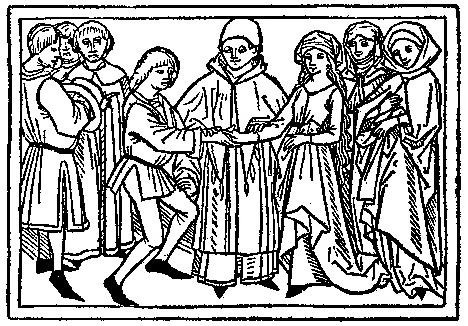A
ROYAL WEDDING IN CRACOW
On
31 May 1592 , Anna
of Austria married the Polish king Sigismund II. The Polish nobility opposed this
alliance. They sent a posse to guard the border and prevent Anna from entering the
country, but she outfoxed them and reached Pless (Pzczyna) on 26 May. According
to the Fugger Newsletters, she holed up there and “practiced Italian dance
steps” in preparation for the wedding ball.
Also
on the programme of festivities: A wedding masquerade that cost 50,000 ducats (about
5 Million dollars) because the participants were dressed in gold-embroidered
clothes.
More
extravagance: The bridal coach was pulled by six black and six white bears,
which were made to dance afterwards, “so that there would be sufficient
drollery”.
You
thought paparazzi were a modern phenomenon, reflecting our preoccupation with
the lives of the rich and famous? Read on:
The
informant of the Fugger Newsletter clearly had the makings of a tabloid
journalist. He snuck into the royal couple’s bedroom and provided this
breathless description: “It is a very spacious chamber, with the royal bed set
up in the middle thereof. The bed has velvet curtains, and is surrounded by
velvet-covered chairs. On the bed lies a coverlet lined with sable furs. On the
wall, there is a portrait of the Royal bride wearing a white and silver robe
and looking at you with a laughing mouth, so as to make the King laugh likewise
when he looks at the picture.”
Meanwhile,
in Germany
The
weddings on his estate must have been dreary affairs. No, wait, I just realize
there is nothing in his injunction about getting drunk.











